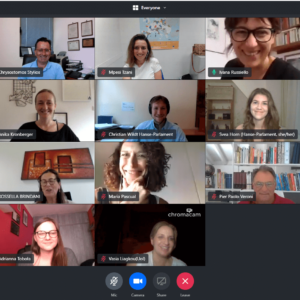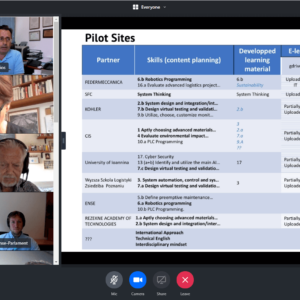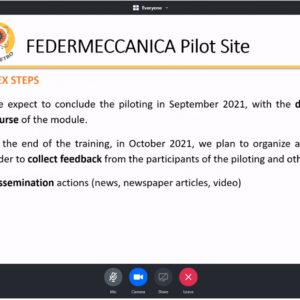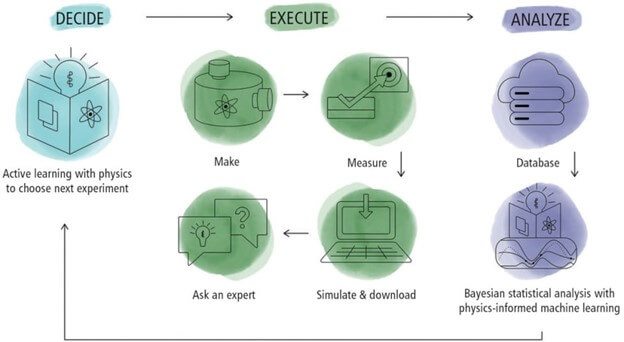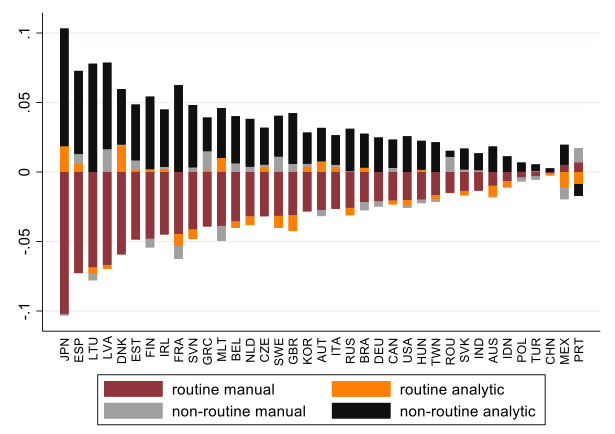
A year and a half ago, no one could have predicted how radically everything would change. But, of course, even before COVID-19, the rise of automation and new technologies was transforming global labour markets.
The pandemic exposed structural weaknesses in institutions and economies and widened inequalities.
We have an urgent social problem: how to equip people with the skills they need to participate in the economy, now and in the future. Half of all employees worldwide will need retraining by 2025, and that number does not include all people who are currently out of work. Acting now is vital.
Crisis events, such as the pandemic, can and should shape economic thinking and represent a rare but narrow window of opportunity to reflect, reimagine and restore priorities.
The World Economic Forum used economic models to estimate the amount of GDP growth we can expect from an increase in productivity if countries improve the skills of their citizens in line with the OECD and industry best practices.
Our key economic results include the following:
- Greater public-private collaboration on large-scale retraining initiatives could increase global GDP by $ 6.5 trillion and create 5.3 million new jobs by 2030.
- Economies where skills gaps are most significant may see the largest gains as a percentage of GDP, including China (7.5%) and India (6.8%).
- Half of the GDP globally is expected to be earned in business services, consumer services and manufacturing sectors.
- Industries that have suffered from low wages and production growth for decades could benefit significantly from improved skills. Health and social care could add $ 380 billion in additional GDP through skills upgrades by 2030.
While the data supports the need to improve skills, we also recognize that GDP alone does not provide a complete picture of how an economy is doing.
Preparing people for tomorrow’s jobs is no easy task. But there are tremendous benefits to developing good jobs, including secure work, paid pretty, motivating and emphasizing the uniquely human skills and characteristics of workers, thus offering higher productivity levels.
Here are four ways you can work to start turning this crisis into an opportunity for change:
- Governments, businesses and education providers should work together
- Governments should take an agile approach
- Businesses will need to anchor skills improvement and workforce investment as a business principle
- Educators should reinvent education and embrace lifelong learning
While the challenges are significant, they are not insurmountable.
Because in times of great crisis, we can respond with great determination. It is time to seize the opportunity before us and create lasting change for generations to come.
Source: https://www.weforum.org/agenda/2021/01/calling-global-upskilling-movement/



